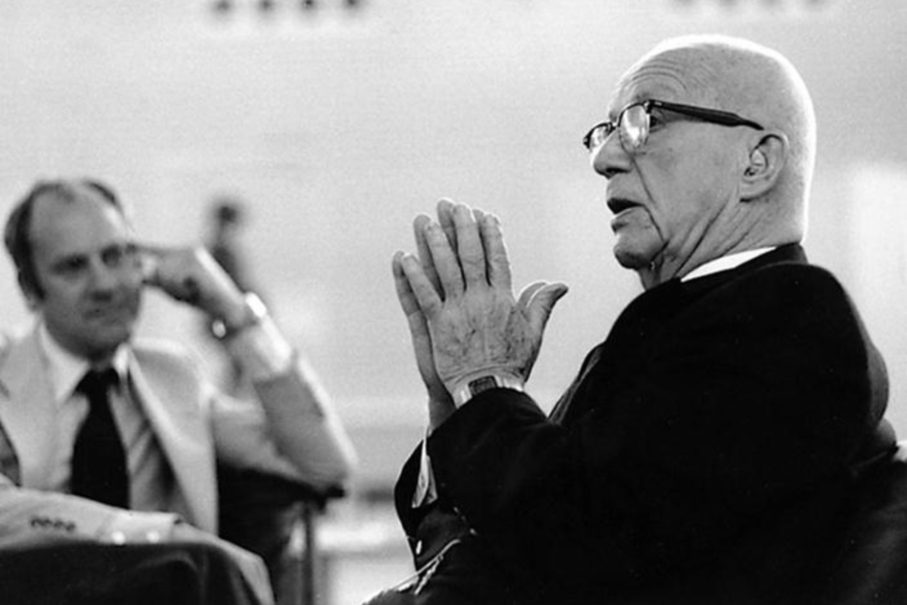
Researching the identity of jury participants before you appear in front of them is an obvious, but often overlooked, thing to do. It is remarkable, for instance, how many entrepreneurs appear on Dragons’ Den failing to grasp that each Dragon has a unique business interest. Although it’s a panel, it is the individuals that count and who can sway the others.
By and large the jury system in competitions seems a robust process for selection. There are occasional disagreements (such as the jury tasked with selecting the design for a new hotel adjacent to Peter Zumthor’s Therme Vals spa in Switzerland, which ‘dissociated itself’ from the client’s decision to appoint Los Angeles firm Morphosis) but these are the exception.
The jury in an architectural competition in many ways mimics the routines of crits that form such a fundamental part of the education of architects. In both, the author of a design stands in front of his or her peers to promote a claim for design excellence and, by definition, the dismissal of the approaches of others. In both, the subtleties of challenge and inquiry forge the character of the architect as much as the design.
A few weeks ago in the AJ, I urged deep analysis of the client’s problem as a way to gain insights into a competition brief: this week let’s look at the jury’s influence on decision-making.
In the UK – and in most of the competitions we run – a jury will interview each team about their design. In wider Europe, the anonymous system is favoured, with only design to assess. I believe this misses the opportunity to test how the team performs under pressure and the chemistry, if you like, between client and architect.
Use your spoken presentation as an opportunity to refer to wider issues
A jury is a little like a cell structure in an organism. As a cell has components that are explicitly programmed to do certain things, so do most juries have a particular morphology. Crack this and you will crack the jury’s DNA. Not all juries have a majority of architects – this is sometimes controversial but I believe that a deeper dialogue can be developed if the jury contains wide-ranging creative viewpoints.
In Mumbai, for the competition to design a new wing to the municipal museum also known as Dr Bhau Daji Lad Museum, we had a range of expertise on the jury. From a Bollywood director to a business guru, Louis Kahn’s associate to the director of the V&A and the director of the Humanities Centre at Harvard University, the jury comprised a rich cross-section of intellectual firepower. We covered iconicity, the character of public space and the legacy of post-colonial architecture as much as we covered the design of exhibition space and use of materials.
This enabled the jury to look beneath the architectural imagery of the concept and tested the authors of the respective designs to expose the underlying vision and motivation. It became a crit, and the presence of non-architects in the mix revealed wider urban and social consequences of each design proposition. Some teams relished the intellectual discourse while others were left exposed. The way each dealt with the challenge was of fundamental significance in the jury’s assessment and decision.
Not all juries have such a fizz, but most have a manifest character. Do your research on each juror and prepare accordingly – Homi Bhaba, the Harvard professor on the Mumbai jury, developed the concept of iconicity and its relevance to post-colonial cities, so it was bound to be a topic for a cultural project in Mumbai.
Of course, juries can be unpredictable, but identifying the intellectual preoccupations of jurors is a good start to making your presence felt as a competitor. Use your spoken presentation as an opportunity to make reference to wider issues – relevant to the project, of course – and not for flattery, which will get you nowhere. Above all be prepared to reach into their world to show it might have influence on your design and approach.
Malcolm Reading is chairman of Malcolm Reading Consultants, a leading independent organiser of design competitions.
Reprinted kind permission, the Architect’s Journal, London, UK.

